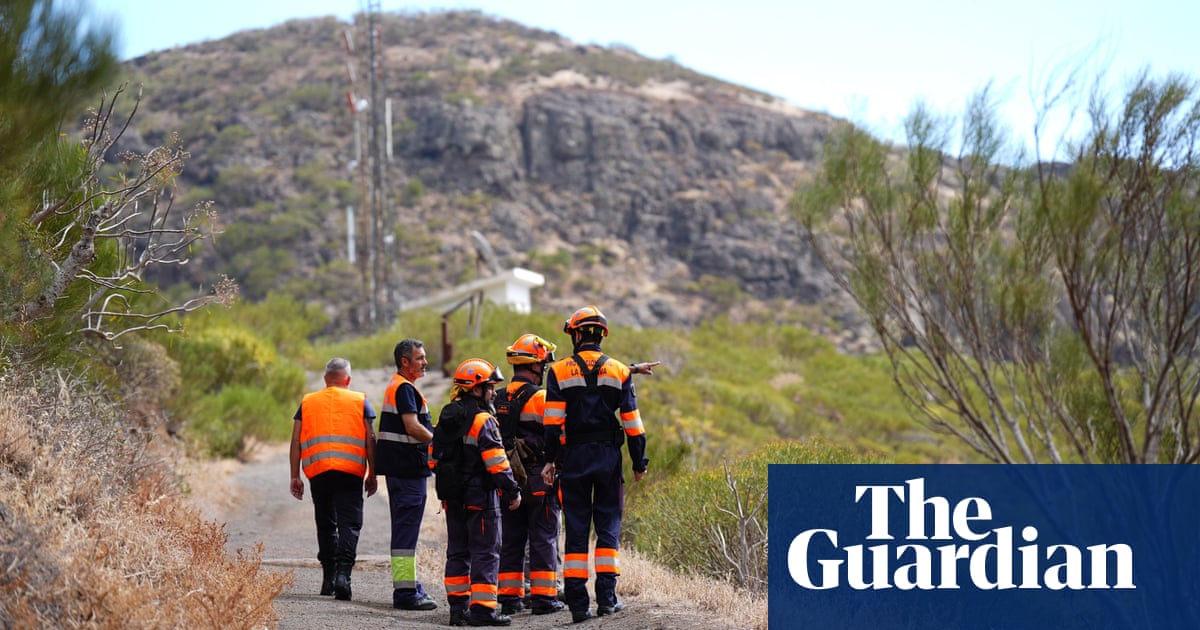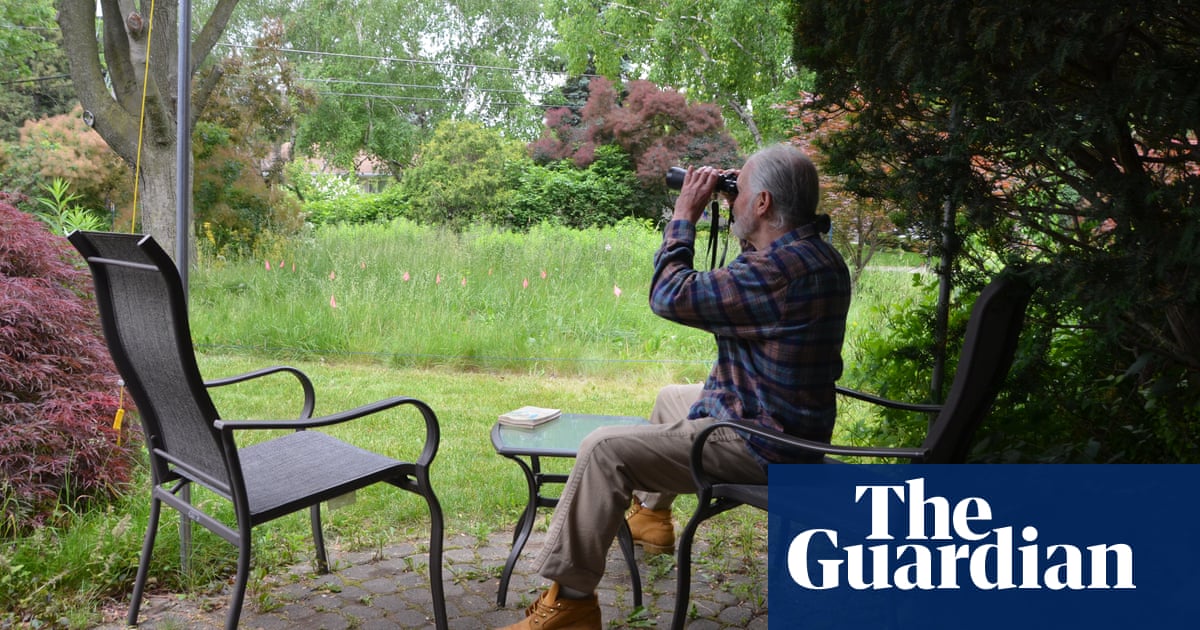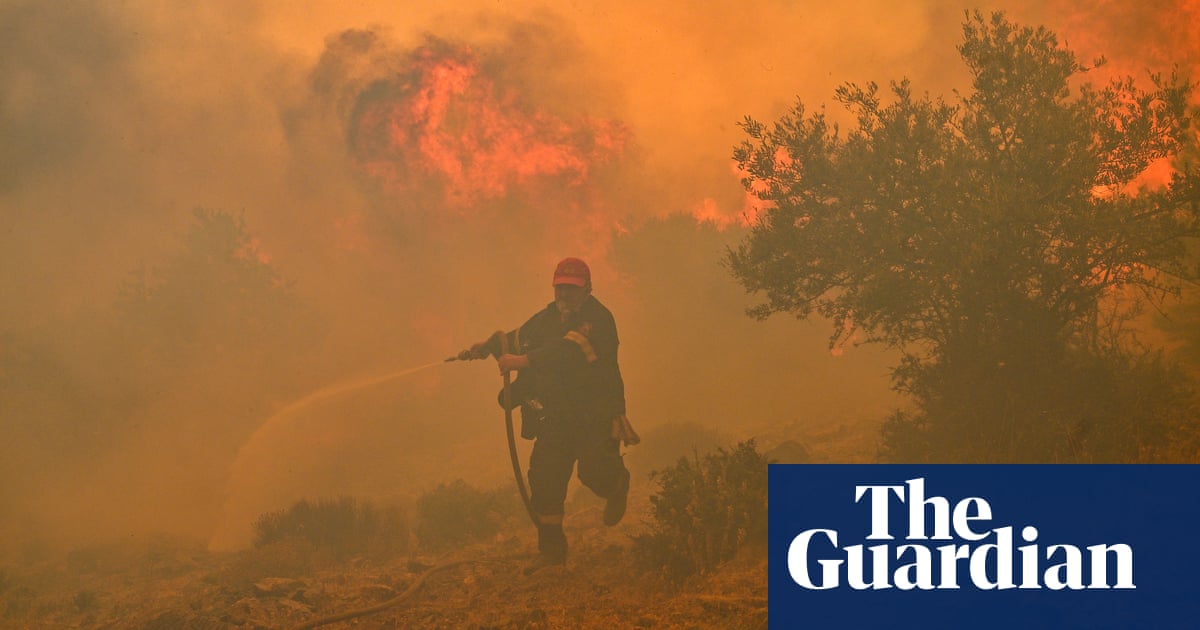European Union countries have formally approved the launch of accession negotiations with Ukraine and Moldova next week, another step in the two nationsâ long journey to join the 27-nation bloc. Belgium, which currently holds the EU presidency, said member states had agreed on a negotiating framework. Volodymyr Zelenskiy called the start of the accession talks a âhistoric stepâ. âMillions of Ukrainians, and indeed generations of our people, are realising their European dream,â the Ukrainian president posted on X.
A Russian guided bomb killed two people and wounded three in a residential area of an eastern Ukrainian town, Donetsk regional prosecutors said. Five five-storey buildings and six homes were damaged by the bomb on Friday in Selydove, about 14km (nine miles) from the frontline, they said on Telegram.
The Ukrainian military said its drones struck four oil refineries, radar stations and other military objects in Russia in an attack in the early hours of Friday. âUnmanned aerial vehicles attacked the Afipsky, Ilsky, Krasnodar and Astrakhan oil refineries,â it said on Telegram. Russian emergency officials, writing on Telegram, confirmed three municipalities of Krasnodar came under âmassive attackâ. The Russian journalist-run Astra social media channel reported that Yeysk, home to a military airfield, was hit by drones that sparked fires. Nasa satellite fire monitoring indicated fires or hotspots at the airbase. The Krasnodar region sits across the Kerch strait from Crimea.
Ukrainian drone attacks put two electricity substations out of action in Enerhodar, the town serving the Zaporizhzhia nuclear power plant, and cut power to most of its residents, Russian-installed officials said on Friday. An official at the Russian-occupied plant said it was unaffected.
Ukraine said it was dispatching reinforcements to Chasiv Yar, an embattled strategic hilltop town in the Donetsk region and a vital flashpoint whose capture could accelerate Russian advances deeper in the industrial territory.
The US will send the latest Patriot missiles ârolling off the production lineâ to Ukraine instead of other countries that ordered them, the White House said. âWeâre going to reprioritise the deliveries of these exports,â said John Kirby, the national security council spokesperson. It also applied to Nasams, another type of air defence missile. âDeliveries of these missiles to other countries that are currently in the queue will have to be delayed,â Kirby said, adding that deliveries to Taiwan and Israel would not be affected.
The Pentagon has given Ukraine approval to use US-supplied missiles to strike targets inside Russia across more than just the frontlines near north-eastern Ukraineâs Kharkiv region if acting in self-defence. âIt makes sense for them to be able to do that,â said Pat Ryder, the Pentagon press secretary.
Volodymyr Zelenskiy announced measures to protect Ukraineâs energy system, including protection for power plants under Russian fire and the development of alternative and renewable energy sources. Drone and missile strikes have knocked out half of generating capacity since March, according to official figures. Attacks overnight into Thursday hit four regions and cut power to more than 218,000 consumers, the energy ministry said.
Nigel Farage has said the European Union and Nato âprovokedâ Russiaâs invasion of Ukraine by expanding eastwards, as the Reform UK leader was challenged over his policies and beliefs in a BBC TV interview.
Three men have been arrested in Frankfurt, Germany, on suspicion of trying to collect information on a person from Ukraine for a foreign intelligence agency, federal prosecutors said. They were identified as Robert A, a Ukrainian; Vardges I, an Armenian; and Arman S, a Russian.
Ukraine believes a second summit to consider its proposals for peace with Russia could be hosted by a country in the global south, a senior official said. More than 90 countries â not including Russia â attended the first summit in Switzerland last week. Ukraine wants the next summit to be convened before the end of the year, presidential aide Ihor Zhovkva was quoted as saying by the Interfax-Ukraine news agency.
Russian law enforcement authorities need to do more to protect civilians from ex-convicts who have returned home from fighting in Ukraine, a member of Russiaâs lower house of parliament has said. Nina Ostanina, a Communist party deputy who has been sanctioned by western countries over Russiaâs 2022 invasion of Ukraine, told the gazeta.ru newspaper that violent crimes involving decommissioned soldiers âwill be even more numerousâ if authorities did not act.









